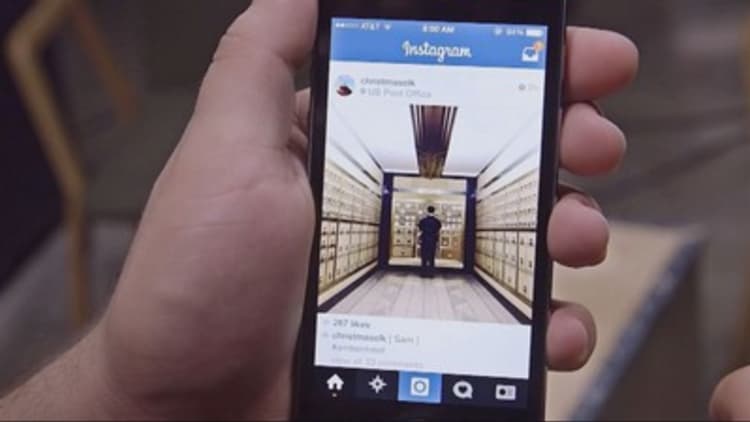Holiday shopping gets more cutthroat every year, and the battle lines are already forming.
While a number of retailers have discussed pulling back on promotional offers in recent earnings conference calls to restore brand power and pricing, it seems no strategy is bulletproof. The holiday rush has already started.
Wal-Mart began its holiday layaway program earlier than ever—on Aug. 28—while rival Kmart is already out with an early holiday shopping commercial that features a tongue-in-check explanation about how it's not really a Christmas commercial, while it clearly is.
But the thing industry analysts will be watching is the level of promotions and discounting.
Starting Wednesday, Toys R Us is lowering its shipping thresholds for those shopping its websites. Free shipping minimums were slashed to $19 from $49 on both Toyrus.com and Babiesrus.com. That puts its minimum below Target's free shipping threshold of $25 and Wal-Mart's, which is $35.
"Based on current insights and a comprehensive review of the competitive landscape, we've decided to drastically lower our free shipping minimum, just in time for the holiday season," said Matt Blonder, vice president of e-Commerce at Toys R Us, U.S., in a press release.
Lower free shipping minimums are great for shoppers, but how beneficial is it for retailers in the business of making money? Experts seem to agree that the fight for market share seemingly outweighs profits in the short run. Retailers just want to get you to check out with them, and are willing to sacrifice some margin for that victory.

In February, Target cut its free shipping minimum in half to $25. When asked what is the associated costs Target takes on with the lowered threshold, CFO John Mulligan told CNBC it's "one of the best investments we can make." Mulligan explained that a multiplatform shopper ultimately spends more, making it a worthwhile tradeoff.
"When we look at a guest who shops our stores routinely, if we can convert them and get them to shop online, automatically we get more sales because they're shopping online," he said. "But they actually increase their engagement with us in the store with us as well."
Pricing expert and founder of Culture of Profit consultancy Rafi Mohammed said many brick-and-mortar retailers are still playing a game of catch-up when it comes to e-commerce competitors such as Amazon.
"Many of these brick-and-mortar stores are finally taking the online competition seriously. They are trying to get back market share, willing to sacrifice margin just to stay in the game," he said.
With lowered shipping thresholds, at least some of the shipping costs become the burden of retailers, but it's likely a price retailers are willing to pay to keep shoppers from going elsewhere, Mohammed said.
That said, Mohammed also added, retailers may be going too far. His research suggests consumers process prices sequentially, meaning comparing the base price first, then weighing the cost of delivery and any associated fees.
"I don't think free shipping is necessary, a reasonable price shipping, like $1.99, could be just as powerful as free shipping," said Mohammed.
While retailers typically unveil the boldest of strategies during the holidays, there is a way to save a little margin and make shoppers happy, Mohammed said.
And that could be a holiday gift for all.






